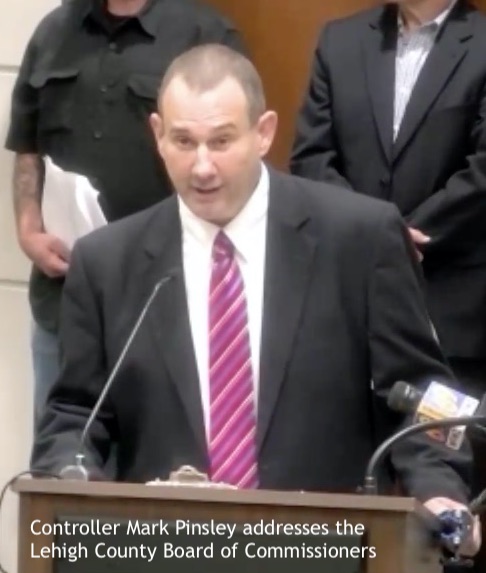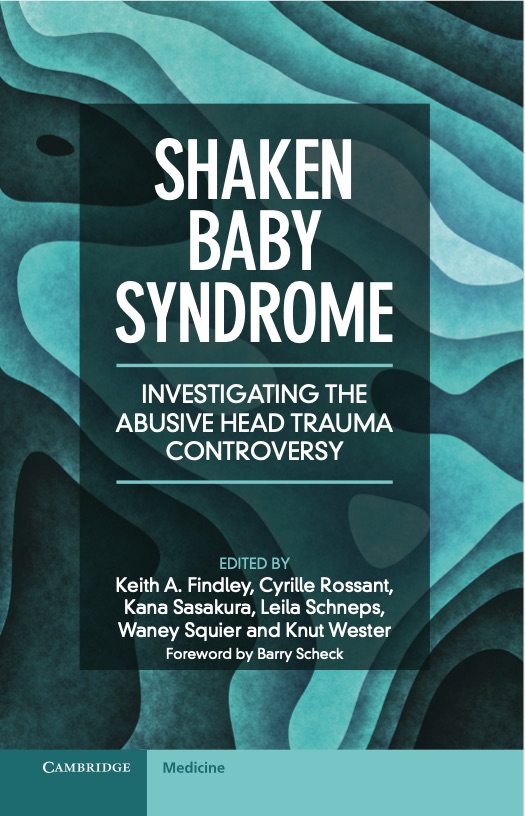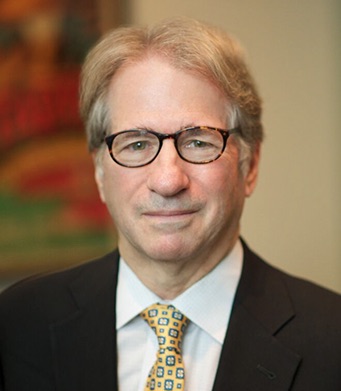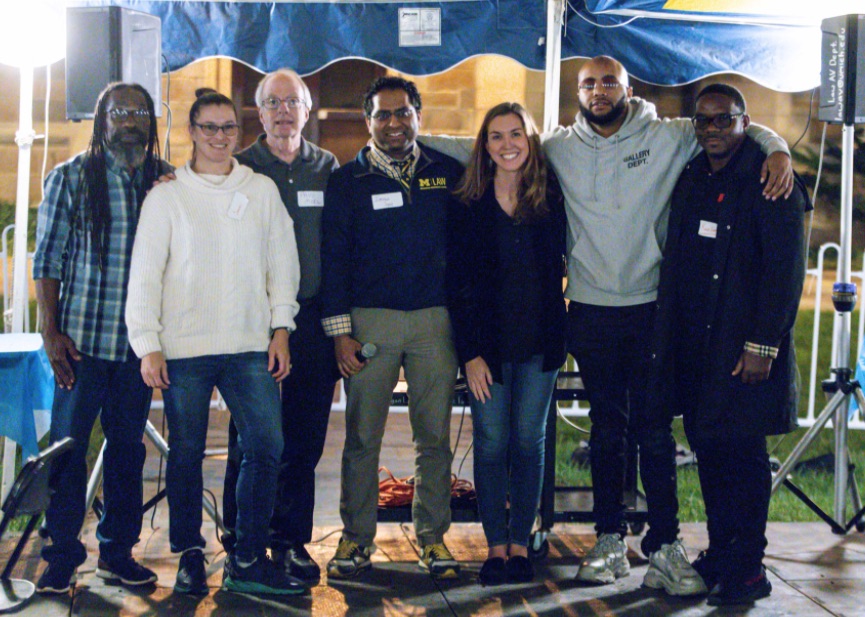A ground-breaking report from a county controller in Pennsylvania last month articulated the fiscal costs of child abuse misdiagnosis, while a collection of local families propelled the financial story into the news by sharing their own heart-breaking experiences with local governing boards.
“My duty is to be a watchdog of public funds,” explains Lehigh County Controller Mark Pinsley, whose investigation, “The Cost of Misdiagnosis,” concluded that the county wastes money on unnecessary foster care, social and police services, litigation expenses, and more due to the over diagnosis of child abuse.

The report reveals that, in the long run, after families have been torn apart and resources have been expended, when cases reach independent appeals boards, judges have been overturning 90% of the county’s findings of “indicated” abuse.

The report also noted the self-reinforcing nature of the process when doctors at local hospitals report potential abuse to the county, which then asks for an investigation by the Child Advocacy Center (CAC) at Lehigh Valley Hospital, run by the same hospital system. The illustration here is from Pinsley’s report.
The families who followed Pinsley at the podium the evening he addressed the Lehigh County Board of Commissioners spoke of their own pain and the damage to their children—even parents who eventually saw the charges dropped and their children returned said they were left emotionally and financially drained. One mother said she divorced her husband to comply with the demands of social services. The official report does not name names, but the parents, one after another, asked that Dr. Debra Esernio-Jenssen, then the director of the CAC, be fired.
So far, the Lehigh County commissioners have only passed the official report on to the state and county Departments of Human Services, but the Lehigh Valley Health Network (LVHN) apparently heard the message: Last week the network announced the appointment of a new director of the CAC and the reassignment of Dr. Esernio-Jenssen to “other” locations.
Pinsley started his investigation earlier this year, when a TikTok video by defense attorney Beth Alison Maloney alerted him to a local cluster of Medical Child Abuse (MCA) diagnoses.

Also known as Munchausen Syndrome by Proxy (MSBP), MCA is a diagnosis directed at a parent who seeks unnecessary medical care for a child, fabricating or even causing mysterious symptoms. With 11% of Pennsylvania’s children, Pinsley’s report notes, Lehigh County and its neighbors Northampton and Carbon Counties account for 40% of the state’s MCA cases, a statistic that points to “potential systemic overdiagnosis of this rare disorder.”
The report cites a number of individual cases in which the child-abuse pediatricians ignored previous diagnoses of rare but legitimate medical conditions by other doctors in favor of MCA, only to backtrack later. The report recommends a number of changes in how the county handles abuse diagnoses, including independent investigation of each case by police and social services, which historically have deferred to the opinions of the local abuse specialists.
After he started his research, Pensley wrote, it became clear that he needed to look beyond MCA, “that the inquiry needed to include other areas, such as shaken baby syndrome, various forms of head trauma, and other rare diseases typically classified as child abuse.” Some of those cases also appear in the report.
Pinsley says he was “not the hero” in this effort; he was merely responding to a call for help from a group of local parents who had organized themselves as the Parents Medical Rights Group (PMRG), https://www.pmrglv.com/.
“They didn’t need me,” he insists, “I was like the feather in the Dumbo movie. They could fly; they just needed the confidence to try.”
I will write more about the PMRG in a future posting. In the mean time, you can support their efforts by writing to the regional newspaper The Morning Call, responding to their coverage of the story. You can read a couple of these articles before the pay wall kicks in:
- In August, it covered the controller’s report and the first parent presentations to the Lehigh Valley commissioners
- Last week, it reported the change in leadership at the CAC and a repeat presentation by the parents to the commissioners of neighboring Northampton County.
- On Sunday it ran an op ed by Pinsley about his report
Their submission guidelines offer a link to a form, or you can send them an email (no more than 200 words) at letters@mcall.com.
copyright 2023, Sue Luttner
A few source references, for more information.
If you are not familiar with the debate surrounding Shaken Baby Syndrome, please see the home page of this site.





























